|
Advertisement
|
Qero
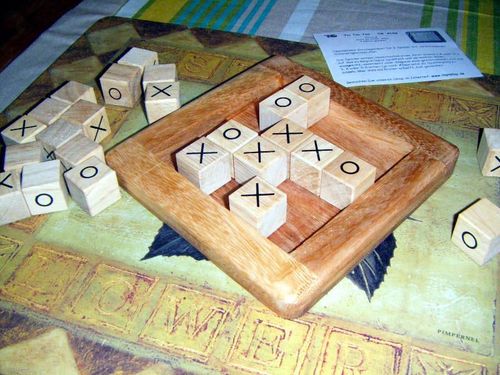
DescriptionQero is played on a rectangular 5 times 5 board. As with most old games the exact rules passed on over time are not exactly clear. Variants described here are usually taken from Internet or book sources mentioned or as found, played and explained by word of mouth on mediaeval LARP conventions. The game is assumed to be derived from or match the family of Alquerque. Mentioned web sites or references claim Qero to be an ancient mediaeval game of unknown source. Thus on the one hand unfortunately no game author can be listed and on the other hand it should not have any legal restrictions, trademarks, patents, or utility patterns in place. The game is in the public domain. Mostly Qero is played without any specific line patterns shown on board (in contrast to Alquerque). If a line pattern is shown on the board players may agree on performing moves on each direction of lines shown by the pattern only. Thus moves are allowed along the lines only. Otherwise rules might allow horizontal and vertical moves only. By agreement diagonal moves in any direction could be performed as well. Although the later seems to be quite uncommon. Variant 1: Started on an empty board the players set up all their pieces first. Players' pieces are facing up their own symbol or color. The pieces are placed onto the remaining free positions of the board in alternating game play. Thus if no player achieved a winning situation during this board set up phase then the first player ends up with 13 gaming pieces set and the second player set 12 gaming pieces of own color. Up to that point it is a typical 5-in-a-row variant like tic-tac-toe, Renju, Pente, or Go-Moku without any kind of capturing. After this set up phase game play changes although the goal is still to build a horizontal, vertical, or diagonal row of five of your pieces. After set up phase take a piece of your color off the chosen edge position and place it back on the board shifting the other pieces filling up the newly formed gap (from the end of an incomplete row or column of your choice). Like in Quixo... Probably just gut feeling: There seem to be less draw situations in direct comparison to Quixo (assumed experienced players really try to achieve winning the game). In this Qero variant the amount of pieces on board controlled by the player is fixed after the initial set up phase. So you could simply use some two sided game pieces (Othello/Reversi) or even simple pawns (e.g. 13 white plus 12 black pawns w/ white starting the game) and start playing on any 5 times 5 board as well. Variant 2: Started on an empty board the players set up all their pieces first. Players' pieces are facing up their own symbol or color. The pieces are placed onto the remaining free positions of the board in alternating game play. Each player sets up 12 pieces of own color if no player achieved a winning situation during this board set up phase. One board position remains empty. Up to that point it is a typical 5-in-a-row variant, too. There is no kind of capturing opponent's gaming pieces. After this set up phase game play changes although the goal is still to build a horizontal, vertical, or diagonal row of five of your own pieces. The game continues and a player's turn consists in chosing any type of gaming piece may it be own or opponent's from the edge positioned in direct straight line towards the board position left empty. From the chosen board position push all pieces in between in straight line so the chosen position is the new empty position. Variant 3: At start of game on all but one board position a die is placed with none symbol facing or a symbol indicating a neutral field not owned by any player. The dice has to show various faces (one with a number or symbol for the first player, another for the second player and finally one for indicating neutral positions). Compared to previous variants there is no set up phase. A player's turn consists in selecting a die showing an empty or own symbol from the edge. If this die is showing an empty face it turns to show the face with the player's symbol now. The selected die has to be positioned in direct straight line towards the board position left empty. Otherwise it can not be selected. From the chosen board position push all pieces in between in straight line so the chosen position is the new empty position. Again the goal is still to build a horizontal, vertical, or diagonal row of five of your own pieces. Obviously a fourth variant could be introduced similiar to the one before allowing to chose any (not just own or empty) die from the edge instead. Variant 2 is most-likely targeted and described in German in "Allerley Spielerey - Spielen wie im Mittelalter", Gisela Muhr and Eleonore Sieck, ISBN 978-3-939722-38-0, p.118, 2011, published by Regionalia. The book includes only an abstract description how the authors interprete to push a chosen stone from the edge (is it allowed to use own color only or could the opponent's color be chosen as well?) to the empty position exactly. Game DiscussionsAdd CommentYou need to be logged in to comment. Insert Bullet List Please enter at least one item. Item: Item: Item: Item: Item: Insert Numeric List Please enter at least one item. Item: Item: Item: Item: Item: Insert Link Please enter the link of the website Optionally you can add display text Insert Email Please enter the email address Optionally add any display text Insert Image Please enter the link of the image Insert YouTube Video Please enter the link of the video MarketplaceNo listings at the moment. Do you own this game? Click here to list it for sale.
|
Best Sellers
Board Games
|
||||
Latest Searches: Wizards wanted | Chich+and+Chong+monopoly | Sorry replacement cards | Road hog | nerf rival artemis | Grand Junction opoly | scourge | bendit | Bark bite | Marble board games | Monopoly Burke Va edition | Duluth opoly | jumpin java | futarama | bb8 | spyfall+board+game | soccer board game for age 5-6 | University of arizona monopoly | scrabble+online | Cue birds | Baseball+board+games | magic the gathering origin | Telescription | pc | dinosuar | Matching+blocks | minecraft+monopoly+board+game | Osiris wheel fortune | girl scout monoply | Mats
All Rights Reserved

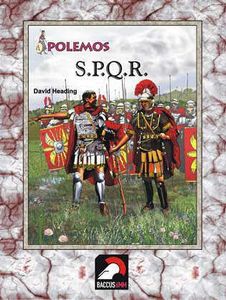

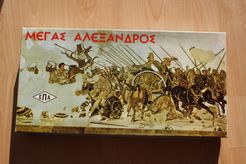


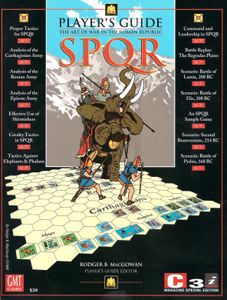


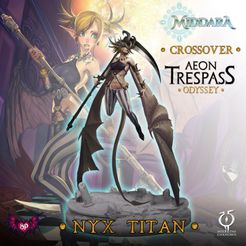

Comments (0)